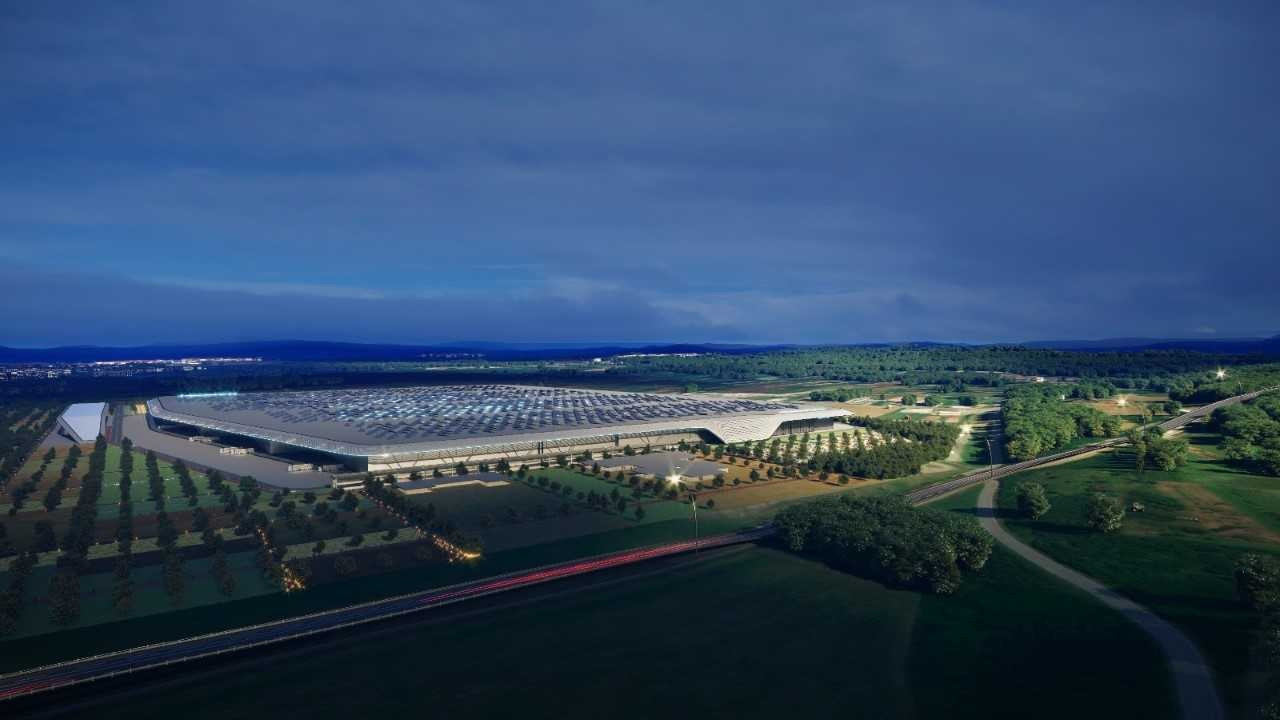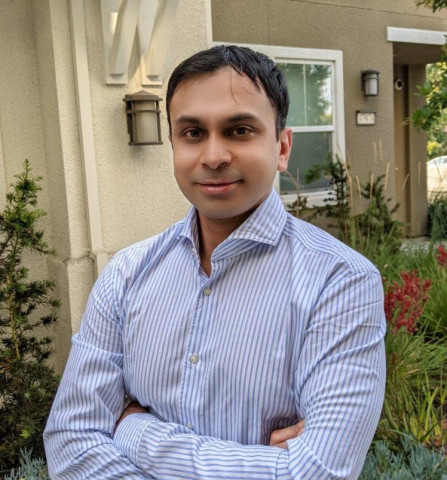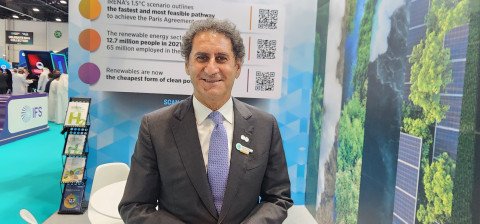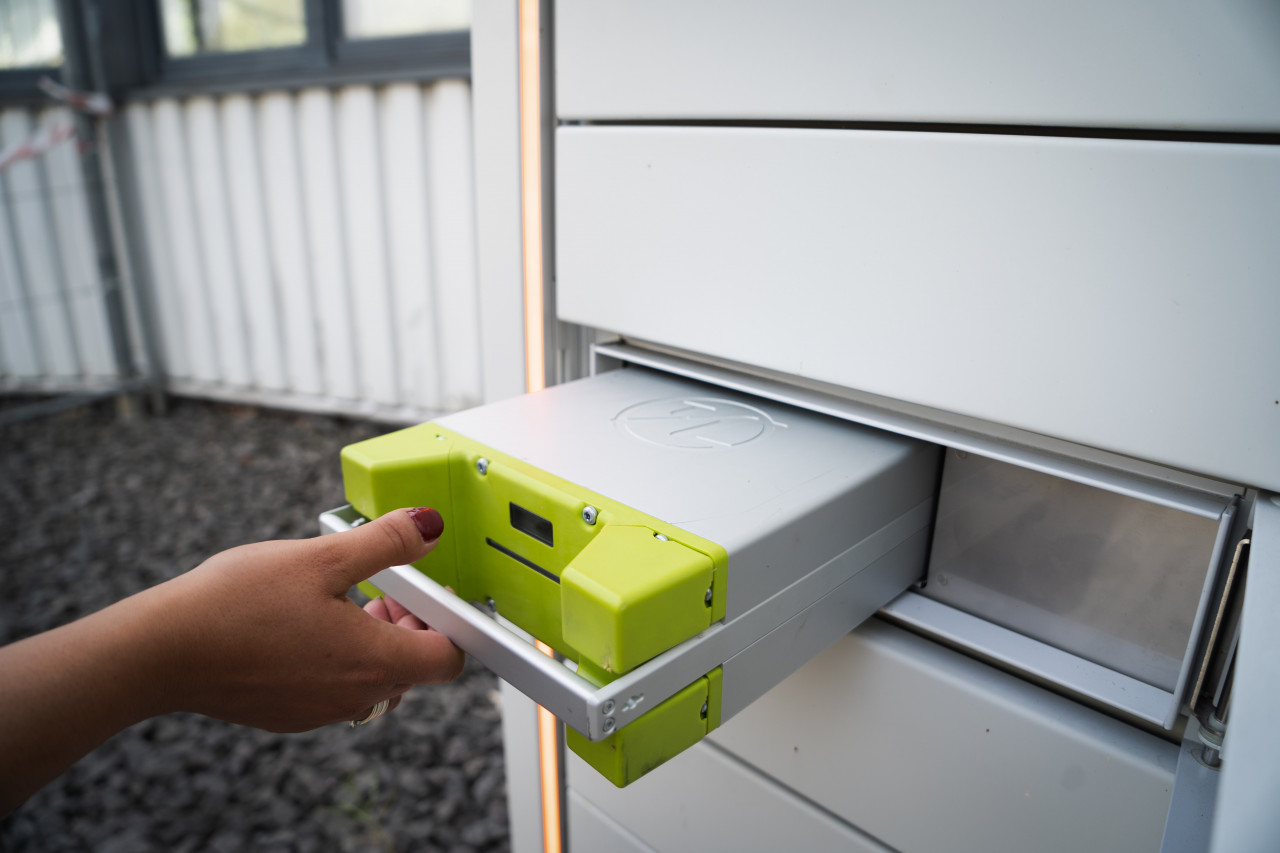Italvolt’s giga factory set to power Europe’s future with green batteries
As Europe moves toward a low-carbon future, intending to realize green industrialization, many companies are planning mega factories to make batteries and revive the European supply chain. Lars Carlstrom, Founder, and CEO – Italvolt shares with Ashok Thakur, Chief Editor - ETN, his vision of building a mammoth EV battery plant in Scarmagno, Italy's erstwhile motor valley.
Your particular choice of location, what inspired you to think giga factory, and the vision behind the decision to build one of such magnitude?
Firstly, my background in the automotive industry has been a great help. Secondly, and more importantly, the prospect of re-energizing by creating a large number of jobs and new opportunities in areas that were prosperous three or four decades ago has been a driving force behind the vision and the challenge.
Reflected in the magnitude of what we are planning here in Italy - a 45GWh factory, the enterprise will provide around 3000 jobs; and once the supply chain is recreated, up to 10,000 new jobs will be created in the new integrated ecosystem-based on green industrialization. This is a huge opportunity to be a part of such a phenomenal and unprecedented transformation.
How important is site selection? What aspects does an entrepreneur like you consider regarding site location when building a giga factory?
Finding a suitable location is not an easy task. To begin with, you need a massive grid connection; you need to have at least 80 to 100 hectares of land and then get approvals for building permits. Paperwork can take a long time, so a good option would be to look at former industrial sites, as it would make it easier to get the permits. The site also needs to be logistically well located, ideally with access to the highway, maybe a rail connection, or a port close by.
We are building our factory in Scarmagno near Turin, at the former Olivetti site. (Olivetti di Scarmagno came up long before the Silicon Valley; the Olivetti complex saw many amazing initiatives take shape that had a huge social impact at that time.) The location is a very interesting part of Europe's past, which makes it an exciting opportunity to be a part of it today.
Also, Italy being a part of the EU, a lot of initiatives in the battery sector here are now being greatly supported.
The Scarmagno site was selected as it already contains existing infrastructure and strategic geography for road and rail connections. Around 300,000 m2 will be reclaimed and repurposed for constructing the new plant, and 20,000 m2will be used for an R&D center being built by our engineering team. We are collaborating with the Politechnico University in Torino, to develop the most forward-thinking technology in the sector and add competence to Italvolt.Which companies is Italvolt collaborating with, and what do they bring to the table?
Italvolt is partnering with Swedish technology company ABB for automation and electrification of the production process. Pininfarina, with whom we have had a long-standing collaboration from the time of BritishVolt, will be responsible for the architectural design of the new factory and lead the engineering works. Our collaboration with TÜV SÜD will certify all of our supply chain, technology, and production in the most responsible manner possible.
We are focusing on creating an engineering model of the plant that can be more or less replicated at any site in the world. For technology development, rather than having our development that can be too costly, we are working on creating an IP for the factory that can be exported to other sites and markets. For this, we will create the most efficient and greenest production process.
Italvolt is also collaborating with companies like Ramboll, IA engineering, Dentons Milano, and PwC for sustainable solutions in the areas of engineering, maintenance and operations, and advisory.
How does one plan financing when building a giga factory? When it comes to Italvolt, could you explain your investment strategy?
That is a valid question; one that you often get from local stakeholders: are you for real? or how can you show that you really can achieve this? It is a bit difficult if you come with empty pockets. To date, my investments have been to the tune of €3 million, because the initial phase is not very capital-intense as compared to the total CAPEX. Around €20 to €30 million would be needed to validate the project and attract larger investments.
After the initial seed cap round, one looks towards governmental support. Direct support could come in as a part; then you have soft loans, eventual investments that could be up to a third of the total investment of €3.4 billion required. One-third is venture capital investment funds, and the next third is normal bank funding more or less. These are the three pillars: government, venture capital, and normal bank funding. What you need to do meanwhile, is to fulfill other requirements: you need to have the land, the technology, and you need offtakes.
So actually, what you are achieving at this stage is making the venture and the company bankable. That is actually what you achieve during the initial process.
How would Italvolt help European countries in their zero-emission goals?
It will be difficult to find a secure supply in the next five years based on the European Economic and Social Committee (EESC) objectives and mandates. TUV SUD being a responsible battery producer will ensure compliance with all the EESC factors, this will enable us to deliver a green certificate to our end users. This is very crucial to our success.
Another interesting aspect is that the EU will impose restrictions on battery import from Asia going forward. First, the long transportation would make a negative impact on the environment with these heavy products. Second, batteries from Asia may not adhere to Europe's zero-emission standards. Sure, we are lagging 10 years behind Asia, which has so far been ahead of us in battery manufacturing; but we will get there with the greenest batteries made in Europe.
Also, this is a good way to bring the supply chain back to Europe and revive our economies. Many Asian companies are now starting to realize this is moving towards Europe and collaborating with companies like ours. It is a very interesting time in Europe from that perspective.
Could you share details of Italvolt's capacity and projected market demand by the time you reach full capacity in 2027?
We start in 2022 with constructing our giga plant, a massive building the size of 150 football fields! We plan our first battery delivery by the end of 2024. By 2027-28, we will be in full production capacity of around 45 GWh.
Presently, we are more or less finalizing offtakes for about 25 to 30 percent of total capacity. We are now in a world where you can see, especially in the EV sector, an undersupply of 15 to 20 percent going forward. As long as you can come up with a valid technology, you can be quite sure to sell your batteries. More complicated is ensuring a green supply of materials, and manufacturing most sustainably; this is more challenging than the offtakes currently.
With an ecosystem created for e-mobility and battery business, many startups are looking to enter the renewable space; a couple of pointers for them as they consider venturing into these new sectors?
My firm view is that you first need to identify a space with low competition. Or you should have a very innovative technology that no one else has, then it is easy. From my perspective, you need to do it big; big scares people, they think it needs too much money because it is too big. Here we are talking €3.4 billion; it is a lot of money. You just need to disregard the huge sum; you need to switch off. You just need to see it as a normal business and not be affected by the massive amounts.
Identify a space where competition is low, that is a first. I might love to build an EV for instance, it would be cool to do it, but I also realize a thousand other companies are doing just that. So, identify an impact area that is not mainstream. That is where you can create attention. Attention is very important; you should have a good peer front to start with. A very important part of this business is to get noticed.
Lars Carlstrom on the ups and downs of his interesting journey as an entrepreneur:
Well, I have been an entrepreneur for 30 years now, which is a very long time and I could define my life as very tough. There are times when you don't have any money at all, you don't have anyone feeding you, you need to come up with all your income streams yourself and it's not easy. In a way, you need to switch off or you will never survive. It has its ups and downs, and then all of a sudden you are in a space that is extremely rewarding and things are working as they should. But just as economies fluctuate, all of a sudden you are down again. It's interesting to see how it shapes you and changes you.
An entrepreneur cannot be mainstream, so you need to spot opportunities in special areas, think about where they can occur, sometimes you may not foresee them at a certain moment but do so later. Altogether, it has been a very interesting life.
Learning from failure
In the past 10 years, I have been doing work for the automotive industry. For three years I was the driving force behind the acquisition of Saab Automobile. I worked with a lot of interesting people and we rescued the company for a while, though it's defunct now. I learned a lot from that opportunity. If you are an entrepreneur, you need to be able to fail and accept that you will fail. Not everything you do will be successful, it will be tough and you need to be strong. It can be extremely, extremely tough, I can assure you. It does open up a lot of opportunities and you become bold, which is the way you have to be to be successful.
Driving force
I want to do something good for humanity, I don't care too much about money. For sure, everyone would like to make money; for me, it is most important to make an impact first. That is what drives me. That we are here for a very short period, and we should try to do something with this time and make an impact on people's lives. This is something big for me, it is something huge.
Free time
I am very focused on my business. Being an entrepreneur is like being an artist, you need to think about it all the time. I used to say 'I am always free and I am never free'. It is like a very special lifestyle that you are constantly living. I like cars, but I normally don't have much free time for hobbies, so what I do is generally linked to my business.




















